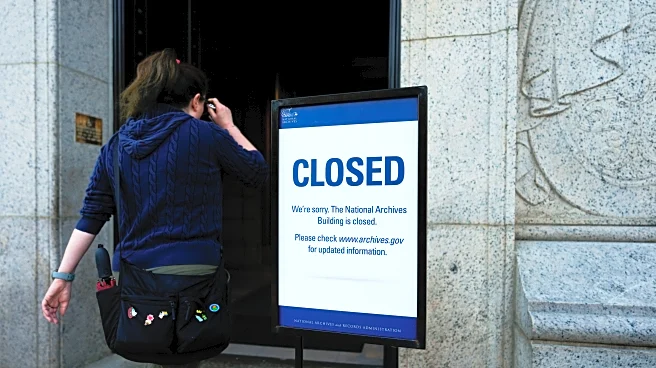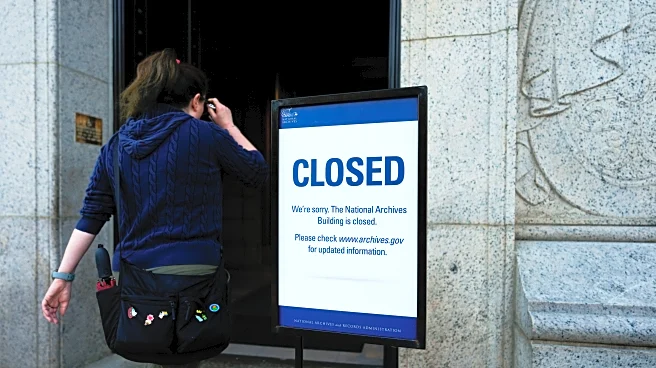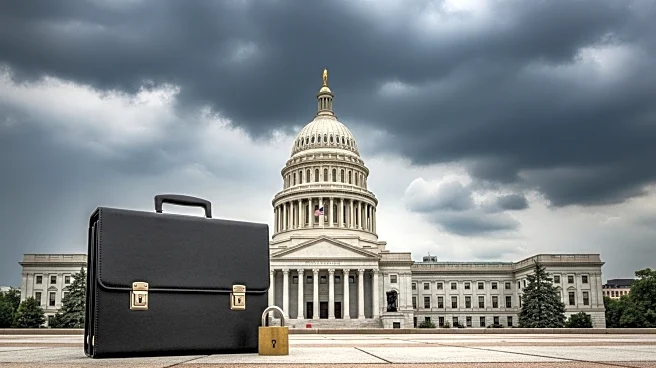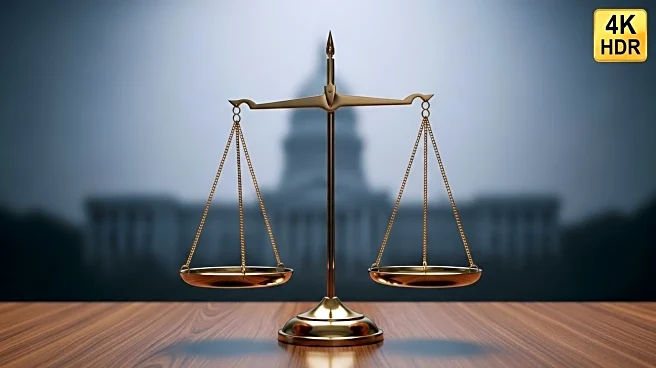What's Happening?
The U.S. government has experienced its 11th shutdown since 1980, a situation unique to the American political system. Unlike other countries, where government functions continue even during crises, the U.S. shutdowns occur due to political deadlock over budget approvals. This phenomenon began in 1980 when a stricter interpretation of the 1884 Anti-Deficiency Act was adopted, preventing government spending without congressional approval. The shutdowns have become a political tool, with the most recent one in 2018-2019 lasting 35 days and significantly impacting the economy. The U.S. system's separation of powers allows different branches to be controlled by opposing parties, often leading to budgetary standoffs.
Why It's Important?
Government shutdowns have significant economic and social impacts, affecting federal workers and public services. They highlight the challenges of the U.S. political system, where partisan divisions can lead to governance paralysis. The shutdowns also underscore the need for political reform to prevent essential services from being used as bargaining chips. Understanding the causes and consequences of these shutdowns is crucial for addressing the underlying issues in the U.S. political landscape.
Beyond the Headlines
The frequent use of shutdowns as a political strategy raises questions about the effectiveness of the U.S. governance model. It reflects deeper issues of political polarization and the erosion of bipartisan cooperation. The shutdowns also have international implications, affecting the U.S.'s global standing and economic stability. Exploring alternative governance models, such as those in parliamentary systems, could offer insights into preventing future shutdowns.











